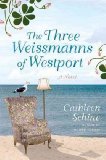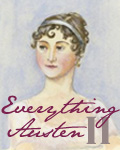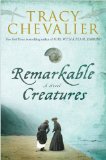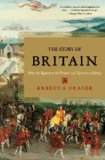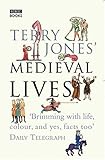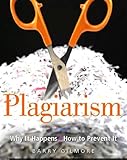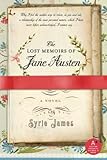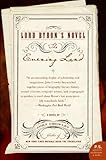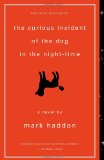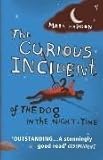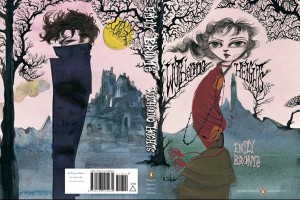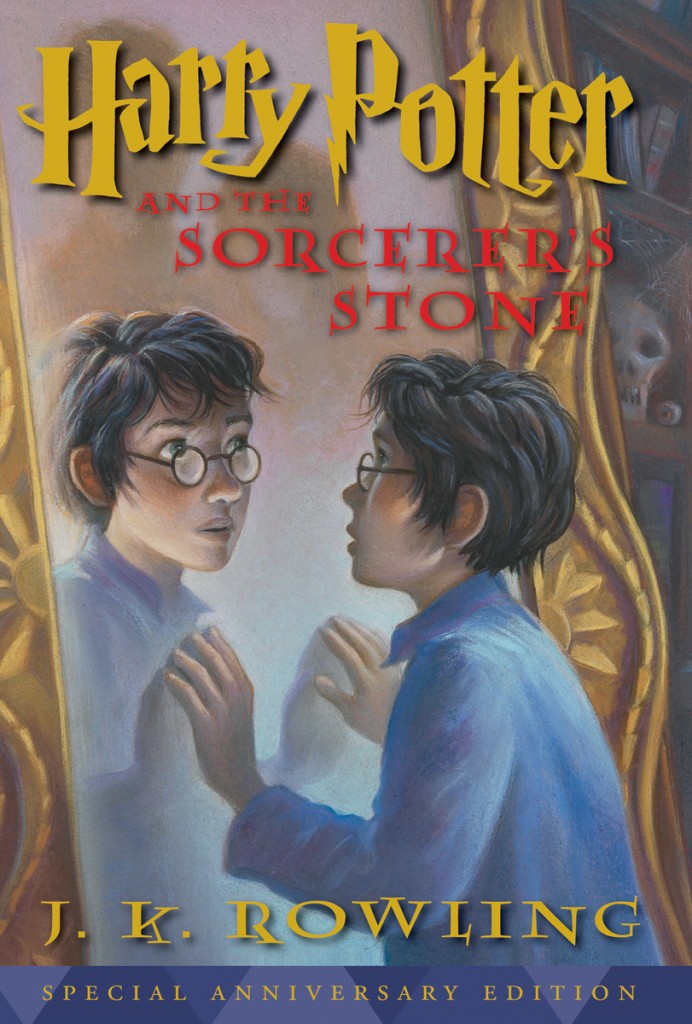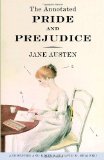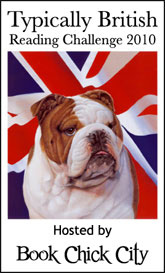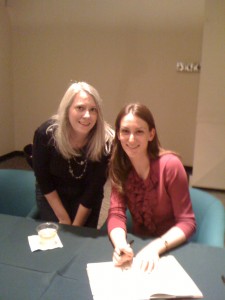 After my trip to Salem in July, I have been reading books set there, and I just finished a re-read of The Physick Book of Deliverance Dane. I found the book as enjoyable the second time as I did the first. I’d really like to read some more books set in Salem, but aside from The House of Seven Gables, I don’t have any on hand. I decided to go forward with the Everything Austen Challenge and read Syrie James’s The Lost Memoirs of Jane Austen. I’m looking forward to reading her newest book, Dracula, My Love. Anyone reading that one?
After my trip to Salem in July, I have been reading books set there, and I just finished a re-read of The Physick Book of Deliverance Dane. I found the book as enjoyable the second time as I did the first. I’d really like to read some more books set in Salem, but aside from The House of Seven Gables, I don’t have any on hand. I decided to go forward with the Everything Austen Challenge and read Syrie James’s The Lost Memoirs of Jane Austen. I’m looking forward to reading her newest book, Dracula, My Love. Anyone reading that one?
My students seemed interested to hear about my trip to Salem. Many of them had read The Crucible last year, and they remembered the characters. I told them I had seen Judge Hathorne’s grave and all the memorials for each of the people who were executed. I think I’ll have a lot of fun teaching The Crucible this year.
I think I’ll try to start both The House of Seven Gables and The Lost Memoirs of Jane Austen tonight.
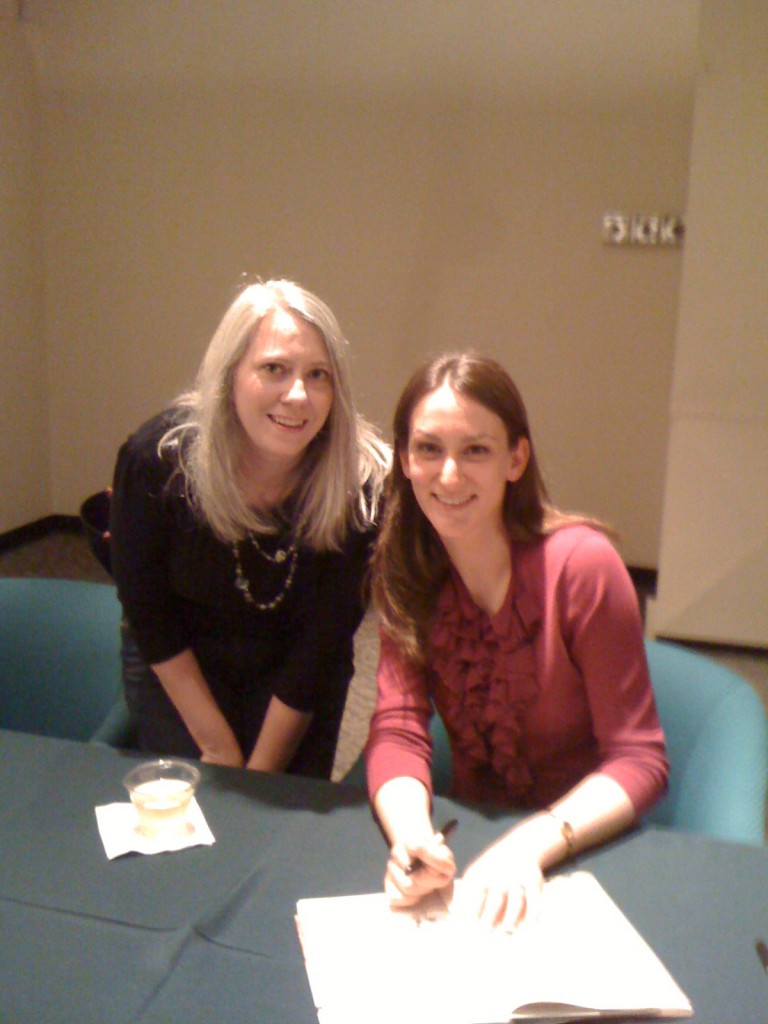
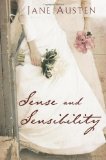



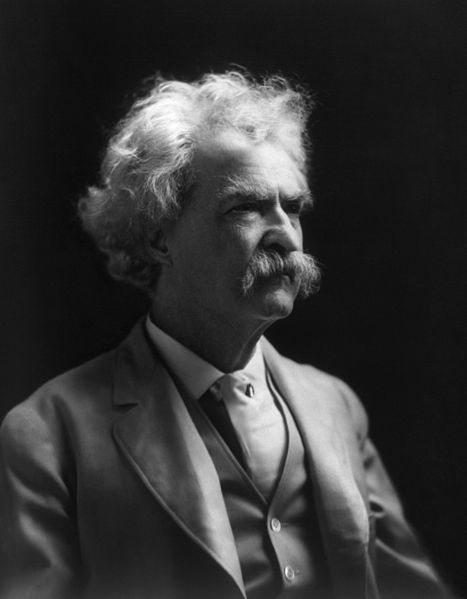
 Much speculation has surrounded Mark Twain’s autobiography because of the stipulation in his will that it not be published until 100 years after his death. Many have wondered exactly what he said that was so controversial. Readers won’t have to wait much longer.
Much speculation has surrounded Mark Twain’s autobiography because of the stipulation in his will that it not be published until 100 years after his death. Many have wondered exactly what he said that was so controversial. Readers won’t have to wait much longer. 